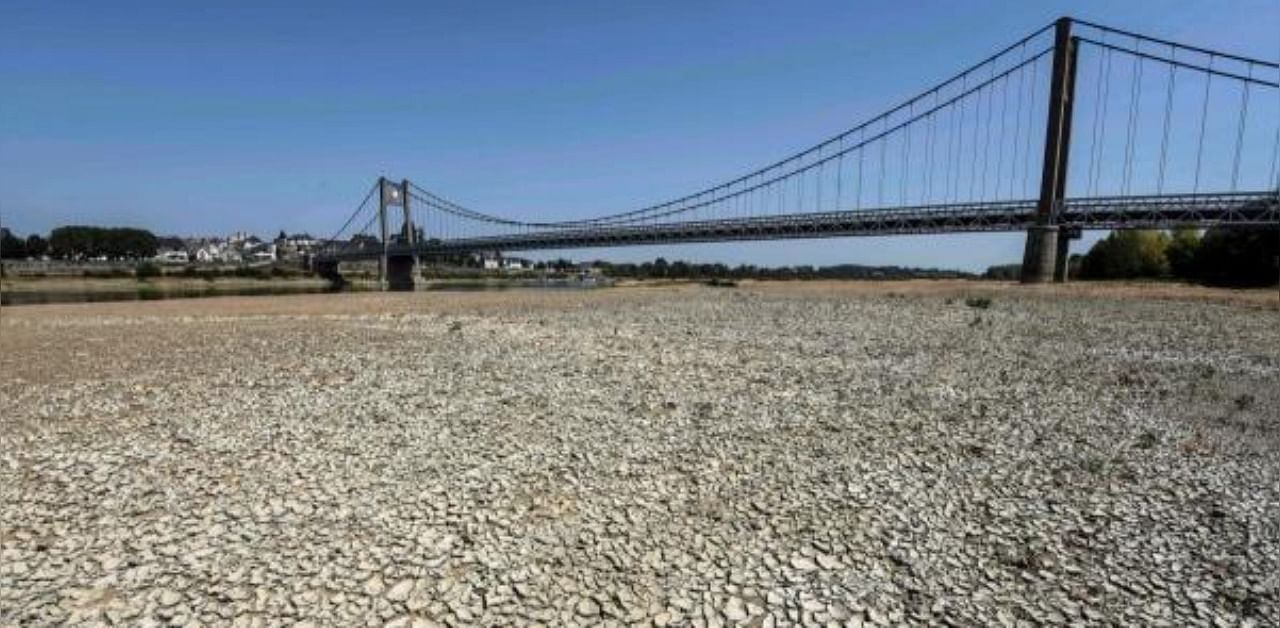
Australia's winter crop production is set to soar 64 per cent after much-needed rainfall eased a drought that had ravaged the country's southeast, according to official projections released Tuesday.
The agriculture department said production of major winter crops including wheat, barley and canola would increase substantially, taking output 20 per cent above the 10-year average.
It comes after Australia's hottest and driest year on record in 2019 drove summer output to the lowest levels since 1980-81, with a two-thirds fall in production.
Steve Hatfield-Dodds, executive director of the department's statistical body ABARES, said the boost in output was driven largely by rainfall in New South Wales state, which has borne the brunt of a prolonged drought.
"New South Wales production is forecast to be 14.8 million tonnes in 2020-21 -- that's more than a 300 per cent increase on last year and the highest since 2016-17," he said.
Parts of the state -- as well as large swathes of neighbouring Queensland -- remain in drought, but above-average rainfall predicted through spring has raised hopes of an end to the three-year dry spell.
The agriculture department said the expected favourable conditions would support summer production in most regions with the exception of Western Australia, where less rainfall was expected.
The area planted is forecast to rise by 194 per cent to around 1.0 million hectares (2.5 million acres) in summer, though that remained well below average.
The climate-change-fuelled drought also exacerbated a bushfire season that ripped through more than 10 million hectares of tinder-dry landscape in Australia's south and east, killing 33 people.
The agriculture sector makes up around three per cent of Australia's gross domestic product.